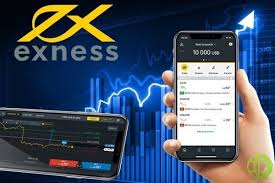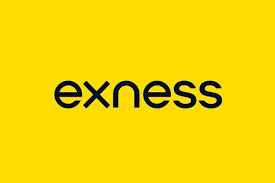Understanding Ex Trade A Comprehensive Guide to Currency Exchange

In the world of finance, currency exchange plays a pivotal role in international trade and investment. One interesting concept in this arena is Ex Trade Ex Trade, which focuses on the exchange of one currency for another at a specified rate. This article delves into various aspects of Ex Trade, ranging from its fundamental principles to the complexities involved in the trading process.
What is Ex Trade?
Ex Trade, or exchange trading, refers to the act of negotiating and executing trades in currency pairs on a designated platform. Traders engage in this process to capitalize on fluctuations in the currency market, aiming to buy low and sell high to generate profits. The foreign exchange (Forex) market operates around the clock, making it one of the most liquid and actively traded markets globally.
Key Concepts in Ex Trade
Before diving deeper into Ex Trade, it is essential to understand several key concepts that underpin currency exchange trading.
Currency Pairs
In Ex Trade, currencies are always quoted in pairs, such as EUR/USD or USD/JPY. The first currency listed is the base currency, while the second one is the quote currency. The exchange rate indicates how much of the quote currency is needed to purchase one unit of the base currency. Understanding currency pairs is crucial for traders, as it helps them assess potential market movements and make informed trading decisions.
Bid and Ask Prices
The bid price represents the maximum price that a buyer is willing to pay for a currency pair, while the ask price is the minimum price that a seller is willing to accept. The difference between these two prices is known as the spread, which is a key consideration for traders, as it represents the cost of executing a trade.
Leverage
Leverage in Ex Trade allows traders to control a larger position than their initial investment would ordinarily allow. While leverage can amplify profits, it also increases the risks involved, as losses can also be magnified. Therefore, it is crucial for traders to use leverage cautiously and establish strict risk management practices.
Benefits of Engaging in Ex Trade

Partaking in Ex Trade offers several advantages, particularly for investors looking to diversify their portfolio or hedge against currency fluctuations. Here are some key benefits:
Market Accessibility
The Forex market is highly accessible, allowing traders to engage in Ex Trade from anywhere in the world via online platforms. This round-the-clock market enables participants to trade based on their schedules, providing flexibility that traditional stock markets may not offer.
High Liquidity
The Forex market is known for its high liquidity, meaning that participants can enter and exit trades swiftly without causing significant price fluctuations. This characteristic is particularly beneficial for day traders who rely on rapid market movements to secure profits.
Diverse Trading Strategies
Ex Trade provides opportunities to implement a variety of trading strategies, from day trading to long-term investment approaches. Traders can engage in technical analysis, employing chart patterns and indicators, or fundamental analysis, focusing on economic news and geopolitical events that impact currency values.
Challenges in Ex Trade
While Ex Trade does present numerous advantages, it also comes with its set of challenges that traders must navigate effectively.
Market Volatility
The Forex market can experience significant volatility due to various factors, including economic data releases, central bank announcements, and geopolitical tensions. While volatility can create profit opportunities, it also presents the risk of substantial losses, necessitating careful market analysis and risk assessment.
Emotional Trading

Many traders fall victim to emotional trading, making impulsive decisions based on fear or greed rather than following a well-thought-out strategy. This behavior can lead to unfavorable trading outcomes. Developing discipline and emotional control is critical to maintaining a consistent trading approach.
Overleveraging
As mentioned earlier, leverage can magnify both profits and losses. Traders who utilize high levels of leverage without adequate risk management may find themselves facing significant financial setbacks. It is crucial to understand leverage and implement safeguards to protect capital.
Future Trends in Ex Trade
The landscape of Ex Trade is constantly evolving, driven by advancements in technology and changes in regulatory frameworks. Here are a few trends to watch:
Increased Automation
With the rise of algorithmic trading and artificial intelligence (AI), many traders are leveraging automated systems to execute trades based on pre-set criteria. This trend allows for rapid execution and the ability to analyze complex data in real time, potentially increasing profitability.
Cryptocurrency Integration
The emergence of cryptocurrencies has introduced new dynamics into the currency exchange market. Traders are increasingly exploring opportunities to participate in both traditional forex and cryptocurrency trading, creating hybrid strategies that leverage the characteristics of both markets.
Regulatory Changes
As the Forex market continues to grow, regulatory bodies are focusing on establishing clearer guidelines and protections for traders. Staying informed about regulatory changes will be crucial for anyone involved in Ex Trade, as compliance can impact trading strategies and operational practices.
Conclusion
Ex Trade represents a vital component of the global financial system, facilitating currency exchange for businesses and individuals alike. Understanding the fundamental concepts, benefits, and challenges associated with Ex Trade can empower traders to navigate this complex environment more effectively. By staying informed about market trends and continuously honing their trading strategies, participants can position themselves for success in this dynamic arena.
